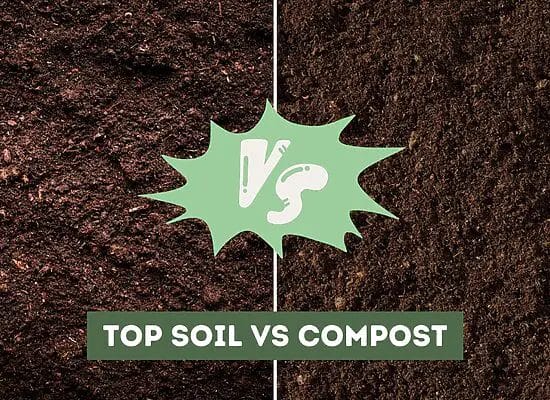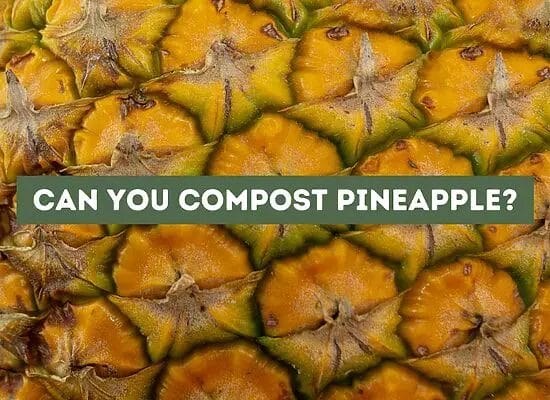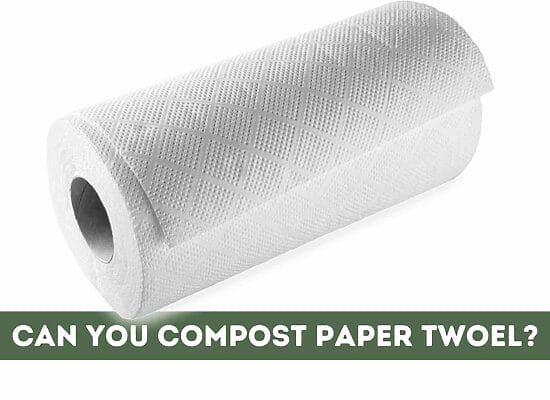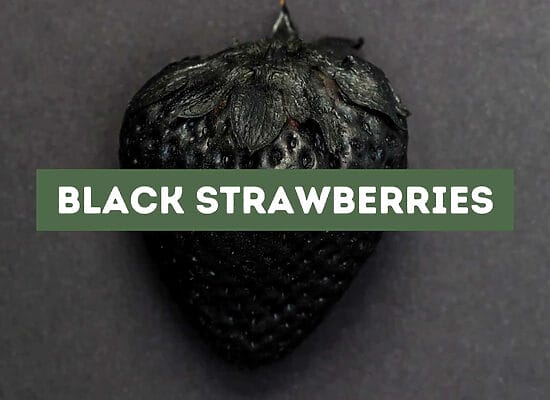
If you’re a succulent owner, you might be wondering how long can succulents go without water. Succulents are known for their ability to store water in their leaves, stems, and roots, which allows them to survive in arid environments. However, even succulents have their limits when it comes to water deprivation.
According to experts, succulents can go around 14 to 18 days without water during the summer months before showing any prominent symptoms. During this time, they may start shedding leaves, branches, and flowers. If the dry period continues beyond four weeks, the succulent will hit dormancy and can slowly die. Factors such as weather, indoor/outdoor planting, variety of succulents, size of the container, and age of the plant can all affect how long a succulent can survive without water.
Key takeaways:
- Succulent Water Deprivation: Succulents can survive in arid environments due to their ability to store water. They can generally go 14-18 days without water during summer before showing prominent symptoms like shedding leaves, branches, and flowers. If drought exceeds four weeks, they can enter dormancy and potentially die.
- Balanced Watering: Proper watering is crucial. Too much water can lead to root rot, while too little can cause dehydration. Succulents prefer a pattern of heavy watering followed by dry periods.
- Overwatering and Underwatering: Overwatering can lead to root rot, with signs like yellowing and mushy leaves. Underwatering shows as shriveled leaves and dry texture. Adjust watering frequency and ensure proper drainage based on these signs.
- Water Storage: Succulents store water in leaves, stems, and roots. Well-draining soil with proper drainage is essential to prevent root rot. Adding rocks or gravel to pots enhances drainage.
- Seasonal Care: Different seasons require specific care. In summer, succulents may need more water due to heat and sunlight. In winter, they’re dormant and require less water. Spring and fall are active growth phases that demand regular watering and attention to pests.
- Indoor vs Outdoor Care: Indoor succulents need less water and prefer sunlight and good air circulation. Outdoor succulents can go longer without water, but extreme temperatures require adjustments. Adequate drainage and sunlight are essential for both types.
- Growth and Development: Succulent growth depends on factors like age, size, and environment. Young succulents need careful attention to avoid overwatering. Bright, indirect sunlight, well-draining soil, and proper misting promote optimal growth.
Water Requirements of Succulents
When it comes to watering succulents, you need to be careful not to overdo it. Succulents are adapted to arid environments and can store water in their leaves, stems, and roots. Giving your succulent too much water can result in root rot, a serious condition that can kill the plant. On the flip side, not giving enough water can lead to dehydration and the demise of your succulent.
Watering Basics
How often you water your succulent depends on factors like the weather, soil type, and sunlight. Typically, succulents can wait 2-4 weeks between waterings. Water the soil well when you do water, then let it fully dry before the next round. Most succulents prefer a cycle of heavy watering followed by dry periods, which this pattern offers.
Overwatering and Underwatering
Overwatering is one of the most common problems when it comes to succulent care. It can cause the roots to rot, which can lead to the death of the plant. Signs of overwatering include yellowing leaves, soft and mushy leaves, and a foul smell coming from the soil. If you notice these signs, reduce the frequency of watering and make sure the soil has proper drainage.
Underwatering can also be a problem for succulents. Signs of underwatering include shriveled leaves and a dry, papery texture. If you notice these signs, increase the frequency of watering and make sure the soil is moist but not waterlogged.
Water Storage in Succulents
Succulents are able to store water in their leaves, stems, and roots. This allows them to survive in arid environments where water is scarce. Some succulents, such as the Aloe vera plant, have a gel-like substance in their leaves that can be used to store water. Other succulents, such as the cactus, have thick stems that can store water.
To help your succulent store water, make sure the soil is well-draining and has a drainage hole. This will prevent water from sitting in the soil and causing root rot. You can also add a layer of rocks or gravel to the bottom of the pot to help with drainage.
Succulents in Different Seasons
When it comes to taking care of your succulents, it’s important to consider the different seasons and how they can affect your plants. Here are some tips for succulent care in different seasons.
Summer Care
Summer can be a challenging time for succulents, especially in hot climates. During this season, it’s important to make sure your succulents are getting enough water, but not too much. Succulents can go without water for up to two weeks, but in direct sunlight and high temperatures, they may need watering more often. Make sure to check the soil moisture before watering.
To protect your succulents from the hot sun and wind, it’s a good idea to move them to a shadier spot or provide some shade using a cloth or shade cloth. You can also mist your succulents with water to help them cool down.
Winter Care
During the winter months, succulents enter a dormant stage, which means they require less water. It’s important to make sure that you are not overwatering your succulents during this time, as this can lead to root rot. In fact, it’s better to underwater than overwater.
If you live in an area with cold temperatures, it’s important to protect your succulents from frost. You can cover them with a cloth or bring them indoors if possible. Make sure to keep them away from any heating sources, as this can dry them out.
Spring and Fall Maintenance
During the spring and fall, succulents are in their active growth phase. This means they require more water and nutrients. Make sure to water your succulents regularly and provide them with fertilizer.
It’s also a good idea to inspect your succulents for any signs of pests or disease during this time. You can remove any affected leaves or branches and treat the plant with a natural insecticide.
Indoor vs Outdoor Succulents
When it comes to succulent care, it’s important to understand that indoor and outdoor succulents have different needs. In this section, we will explore the differences between indoor and outdoor succulent care.
Indoor Succulent Care
Indoor succulents are typically planted in small pots and require little water. They thrive in compact environments and can go without water for up to 3 weeks. However, it’s important to note that the size of the container and the climate of the room can affect how often you need to water your indoor succulent.
To ensure your indoor succulent stays healthy, you should place it in a location with plenty of sunlight and good air circulation. You should also avoid overwatering your succulent, as this can lead to root rot.
Outdoor Succulent Care
Outdoor succulents, on the other hand, are usually planted outside in containers or in the ground. They can go longer without water than indoor succulents, up to 3-6 weeks depending on weather conditions. However, it’s important to note that outdoor succulents planted in hot climates may need to be watered more frequently.
When planting outdoor succulents, it’s important to choose a location with good drainage and plenty of sunlight. You should also be mindful of the weather conditions in your area, as extreme temperatures and weather events can impact the health of your succulent.
Growth and Development of Succulents
Succulents are known for their ability to survive in harsh conditions, including long periods of drought. However, their growth and development can be affected by several factors, including age, size, and environmental conditions.
Young vs Mature Succulents
Young succulents are more vulnerable to neglect and overwatering than mature ones. They have a smaller capacity for water retention and can easily become waterlogged, which can lead to root rot and other problems. On the other hand, mature succulents have a larger capacity for water retention and can go longer periods without water. They also have a more established root system, which allows them to absorb water more efficiently.
Growth in Different Conditions
Succulents can grow in a variety of conditions, but they thrive in ideal conditions. These conditions include bright, indirect sunlight, well-draining soil, and occasional misting. Succulents rely on photosynthesis for growth, so they need exposure to sunlight to produce energy. However, too much exposure can lead to evaporation and dehydration.
The ideal soil for succulents is well-draining, with a mix of sand, perlite, and peat moss. This allows for proper water retention and storage, preventing overwatering and root rot. Occasional misting can also help provide moisture to the leaves and prevent dehydration.
In terms of size, succulents with a larger surface area tend to grow faster than smaller ones. This is because they have more surface area for photosynthesis and can absorb more water and nutrients. However, larger succulents also require more water and nutrients to thrive.
Signs of Growth and Development
As succulents grow and develop, you may notice some changes in their appearance. Young succulents may appear wrinkled or shriveled if they are not receiving enough water. Mature succulents may develop new leaves or branches as they continue to grow. You may also notice changes in color, texture, or shape as succulents adapt to their environment.
Types of Succulents and Their Water Needs
Succulents are a diverse group of plants that come in various shapes, sizes, and colors. They are known for their ability to store water in their leaves, stems, and roots, making them low-maintenance plants that are perfect for those who don’t have a green thumb. However, not all succulents are the same, and their water needs can vary depending on the type of succulent.
Here are some types of succulents and their water needs:
- Aloe Vera: Aloe Vera, a well-known succulent with healing properties, features green leaves adorned with white spots. It can reach up to three feet in height and requires weekly watering in the growing season and every two weeks when dormant.
- Echeveria: Echeveria, a succulent variety, offers colors like green, blue, and pink. It features rosette-shaped leaves and can reach a height of six inches. Water Echeveria once a week while growing, and every two weeks when dormant.
- Sedum: Sedum, a kind of succulent, appears in different hues like green, yellow, and red. It features tiny, thick leaves and can reach a height of six inches. Water Sedum weekly when it’s growing, and every two weeks when it’s dormant.
- Haworthia: Haworthia, a succulent variety, boasts green, pointed leaves adorned with white stripes. Its height can reach up to six inches, and it requires weekly watering in the growing season and every two weeks when dormant.
- Cactus: Cacti are a type of succulent that come in various shapes and sizes. They have spines instead of leaves and can grow up to several feet tall. Cacti can go for long periods without water and only need to be watered once every three to four weeks during the growing season and once every two to three months during the dormant season.
When it comes to watering succulents, it’s important to remember that overwatering can be just as harmful as underwatering. Succulents prefer well-draining soil and can suffer from root rot if they are left in standing water. It’s also important to avoid getting water on the leaves, as this can lead to fungal diseases.
FAQ: How Long Can Succulents Go Without Water
How often should I water my succulents?
Succulents are known for their ability to store water in their leaves, stems, and roots, which allows them to survive in arid environments. However, it’s important to remember that succulents still need water to thrive. The frequency of watering your succulents depends on several factors, such as the type of succulent, the size of the pot, the climate, and the time of year. As a general rule, you should water your succulents when the soil is completely dry. This could be once a week, once every two weeks, or even once a month. It’s important not to overwater your succulents, as this can lead to root rot and other problems.
Can succulents survive without water?
Succulents are adapted to survive in dry environments, so they can go for extended periods without water. However, this doesn’t mean that they can survive indefinitely without water. The length of time that a succulent can survive without water depends on several factors, such as the type of succulent, the climate, and the time of year. Generally, succulents can survive without water for 14-18 days during the summer before showing any prominent symptoms of dehydration. In cooler conditions or when grown indoors, they may last even longer without needing a drink, sometimes up to 1-3 months.
How long can succulent cuttings survive without water?
Succulent cuttings are often used for propagation, and they can survive for several days without water. However, it’s important to keep them moist during this time to prevent them from drying out. You can mist the cuttings with water or place them in a container with a small amount of water until they develop roots and can be planted in soil.
How long can succulents live?
Succulents can live for several years with proper care. However, the lifespan of a succulent depends on several factors, such as the type of succulent, the growing conditions, and the care it receives. Some succulents can live for decades, while others may only live for a few years.
Do succulents need sunlight to survive?
Succulents need sunlight to survive, but they can also be damaged by too much direct sunlight. The amount of sunlight that a succulent needs depends on the type of succulent and the growing conditions. As a general rule, succulents should be placed in a bright, sunny location, but they should be protected from direct sunlight during the hottest parts of the day. If you notice that your succulent is becoming leggy or stretched out, it may be a sign that it’s not getting enough sunlight.












